School History: Hollin Hall Elementary School
Remembering Our Past
Following World War II, rapid growth of the Federal government brought an influx of workers and returning veterans to Northern Virginia. In June 1945, there were 8,235 children enrolled in Fairfax County Public Schools at 42 schools. By June 1949, enrollment had increased to 12,118 children, but there were still only 42 schools in operation. Desperate to find classroom space, in the spring of 1949, the Fairfax County School Board authorized plans to build four emergency schools, namely Freedom Hill, Hollin Hall, Weyanoke, and Penn Daw. These schools were to be made of cinderblock and would contain four classrooms each.
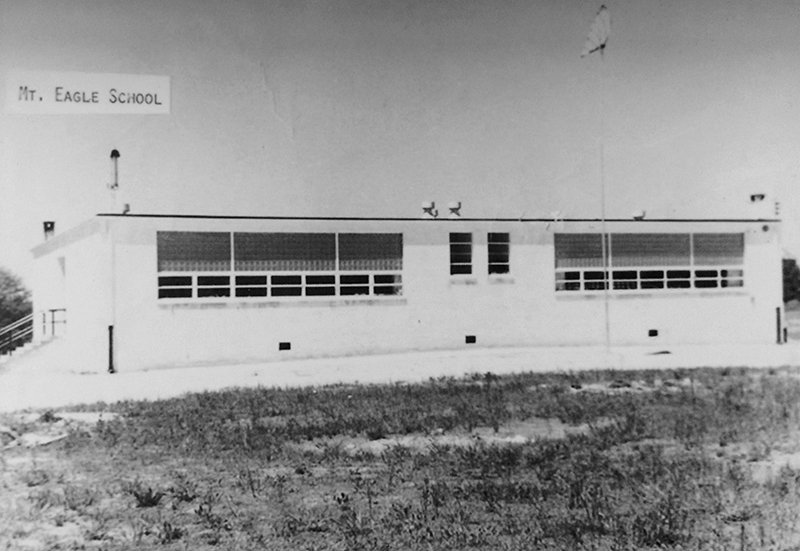
Built by contractor Macon G. Norman at a cost of $40,660, the original four-room Hollin Hall School opened in the fall of 1949. For the first two years, Hollin Hall Elementary School operated as an annex of Groveton Elementary School under the leadership of Groveton's principal, Emmett M. Day.
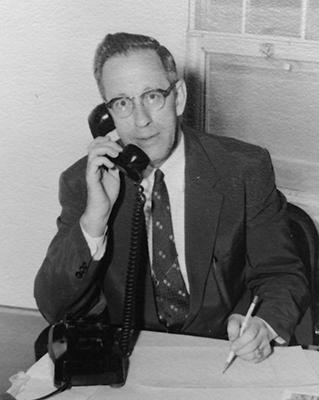
Elsie Tompkins Fletcher served as lead teacher at Hollin Hall during the two-year period when the school operated as an annex of Groveton. She was promoted to principal on August 23, 1951. Hollin Hall only had two more principals after Ms. Fletcher, namely Geneva B. Hall (1968-1976) and William O. Dudgeon, Jr. (1976-1980).
Hollin Hall School wasn’t built yet when I started, but it did open… when I was in third grade (only four rooms that year, all on the first floor). Elsie Fletcher was our third-grade teacher and became principal a year or so later. During fourth grade, we were housed at Fort Hunt – the WWII barracks for prisoners. Then in fifth grade Hollin Hall was completed in its current configuration and all grades went there. ~ Gene Vinogradoff, We’re from Rt. 1 Facebook Group
In September 1952, Hollin Hall’s first addition of seven classrooms was complete. The Fairfax Herald newspaper reported on September 12, 1952, that 445 students were enrolled at Hollin Hall. This meant that, on average, each classroom had an enrollment of about 40 students. Severely overcrowded classrooms such as this were quite common in Fairfax County public schools in the 1950s. Also in September 1952, the Fairfax County School Board authorized school system administrators to hire an architect to plan another addition to Hollin Hall of six classrooms.
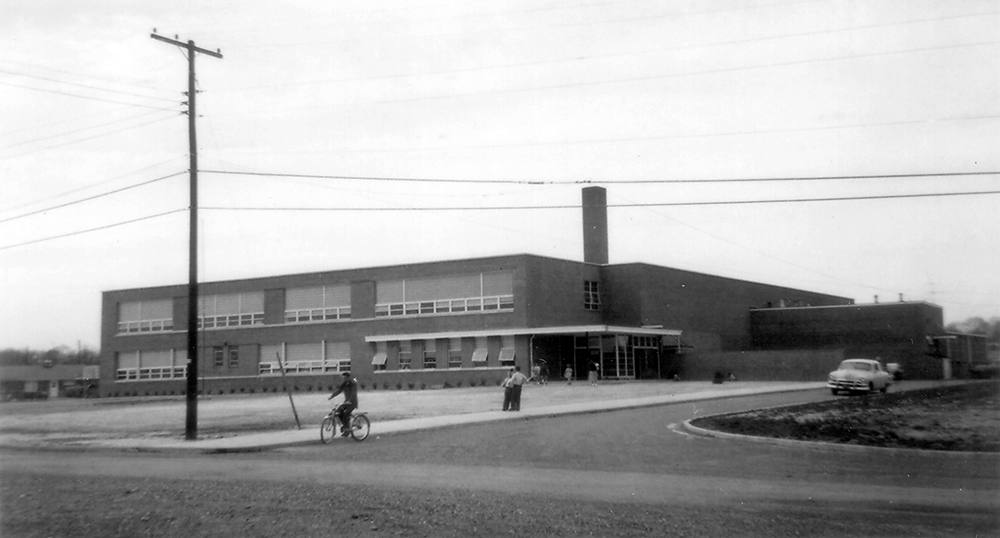
Desegregation
In 1954, the landmark Supreme Court case Brown v. Board of Education declared that laws creating separate public schools for white and Black children were unconstitutional. In response, Virginia entered into a period of massive resistance to school desegregation and state legislators created the Pupil Placement Board to prevent Black children from being assigned to white schools. Placement applications were required of students of all races. In 1957, Hollin Hall entered the national spotlight when Mrs. Theo De Febio, a white woman, refused to sign the pupil placement applications for her children, one of whom had been assigned temporarily to Hollin Hall Elementary School pending the approval of the Pupil Placement Board. Mrs. De Febio sued to invalidate the placement law and lost.
In 1959, Hollin Hall made headlines again when 28 Black students sued the Fairfax County School Board in Federal court seeking admission into all-white schools closer to their homes. Judge Albert V. Bryan ruled in favor of 19 of the students’ applications in September 1960, and shortly thereafter two children who had been parties to the suit were enrolled at Hollin Hall Elementary School. The complete desegregation of Fairfax County’s public schools would take another six years to accomplish.
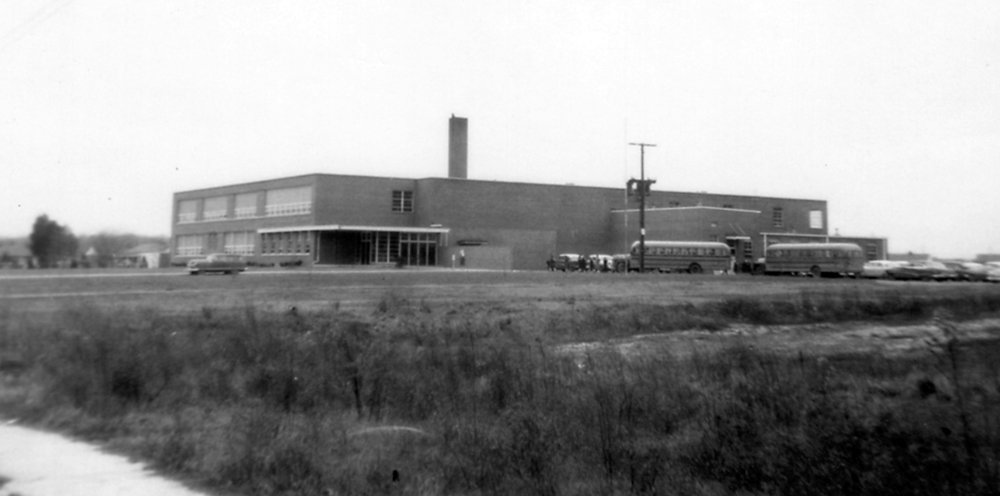
The 1960s
Two other major changes came to Hollin Hall Elementary School in the 1960s. The first occurred in 1960 when the school’s seventh graders were reassigned following the opening of Fairfax County’s first intermediate schools. The second occurred in 1968, when Fairfax County Public Schools began offering kindergarten in elementary schools county-wide. Approximately 8,100 children enrolled in kindergarten classes that year. Also in 1968, Geneva Hall was appointed principal of Hollin Hall Elementary School.
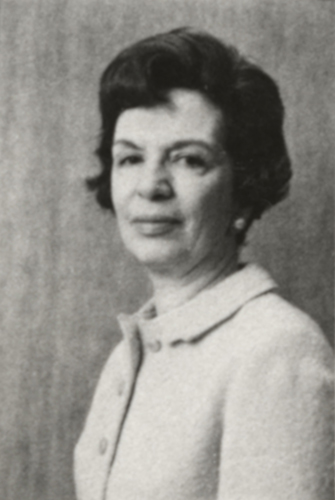
Hollin Hall Closes
In 1976, Bill Dudgeon succeeded Geneva Hall as principal of Hollin Hall Elementary School. Dudgeon became principal at a time when enrollment in the public schools located in eastern Fairfax County was on the decline. Schools that had seen rapid growth during the post-World War II baby boom were suddenly faced with an abundance of empty classrooms.
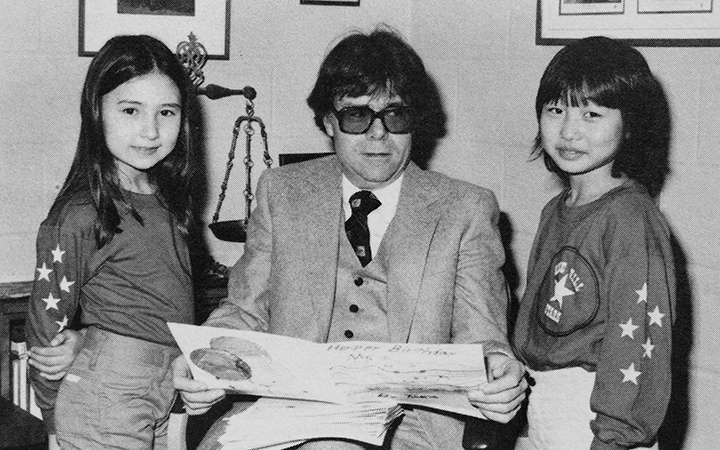
Enrollment at Hollin Hall Elementary School fell from 345 students in 1974, to 235 students in 1979. The Fairfax County School Board directed school system administrators to identify schools for possible closure. In March 1980, Hollin Hall was placed in a group of schools called Cluster A, which also included Belle View, Bucknell, Fort Hunt, Hollin Hills, Hollin Meadows, Stratford Landing, and Waynewood elementary schools. At its meeting on May 23, 1980, the School Board voted to close Hollin Hall and Hollin Hills. Parents tried unsuccessfully to overturn the decision in court and Hollin Hall closed permanently at the end of the school term in June 1980. The building was later converted into an activities center for senior citizens.
